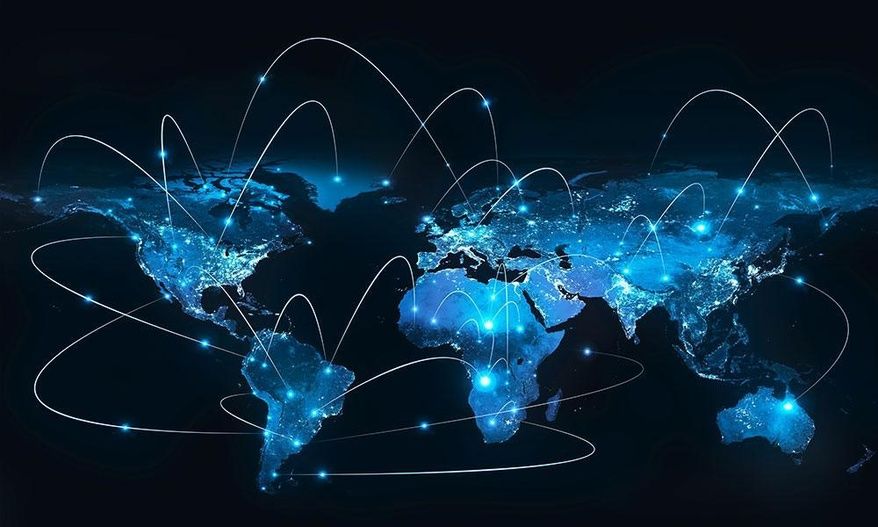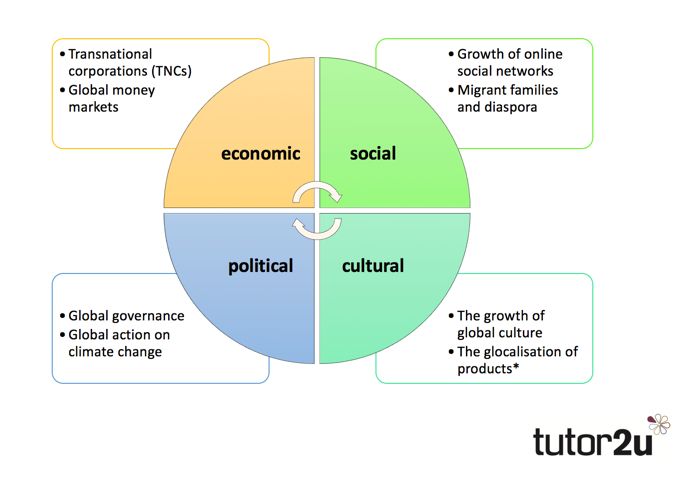Globalisation
Jun 06, 2019 • 48 views

There existed a time when India was a closed economy having no ties with other nations, just living in isolation. Yes, but how and why this scenario changed?
This happened through the process named ' Globalisation'. Globalisation can be defined as the process of opening up the economy for other nations and interaction of country relating to production, trading and financial transactions with other market economies.
Till 1991, when India just got freedom from British forces, India was quite backward and it’s soul objective was intended at protecting the domestic producers after independence. But soon, the consequences turned out to be unfavourable for India and economy faced a grave crisis. To come out of that, India has to take loan from international institution but had to agree to the conditions of granting of loans i.e. it had to remove the trade barriers and ensure free flow of goods and services in the economy. India has to pledge it’s gold reserves with International Monetary Fund ( IMF ) and comply to rest of the conditions to attain loan to recover from high Balance of Payment crisis.
Thus, India had to open it’s door to foreign investment and Liberalisation, Privatisation & Globalisation (LPG) was introduced. Fiscal deficit rose to 8.4 percent of GDP in 1990-91 and foreign exchange reserves was not even enough to pay for the import bill of petrol of three weeks. Thus, globalisation was a must for the country at that point of time.
Due to globalisation, Indian markets were flooded with variety of foreign product with good quality at cheaper prices, resulting in loss to many small- scale firms, thereby, snatching the livelihoods of many. While on the one hand, it turned out to be a bonanza for consumers, but on the other hand, it was a grave issue for Indian producers, especially small-scale firms. It was so because they didn’t have high quality products to compete with foreign goods and plus, they didn’t have money to incur high operating cost & investment cost.While the consumers found themselves in a favourable situation as they had a wide variety of products to choose from with better quality. The women were also encouraged & given opportunity to start their own small scale project. Also, the gap between rich & poor was widened in the society.

On the economy as a whole, the overall cost decreased ,thereby, benefitting the consumers. Improved technology was being used & GDP of the economy increased due to increase in production of goods & services. The standard of living of people increased as they have higher income. More MNCs were catered to India, thus increasing foreign direct investment. Exports also increased which helped our nation to earn foreign exchange & flourishing the domestic producers. Cost & competitiveness were also impacted. Disinvestment was done by the government & loss- making public sector units were being shut down. There was a decline in poverty & technology was improved. The growth of higher education have influenced Indian education system. IT sector was also revolutionized & growth in GDP was commendable & it increased by leaps & bounds in comparison to previous years.
Globalisation helped to improved the scenario of India & helped in coming out of mammoth crisis. Now, India is matching ahead to its success trajectory strengthening the relation & toes with foreign countries.
